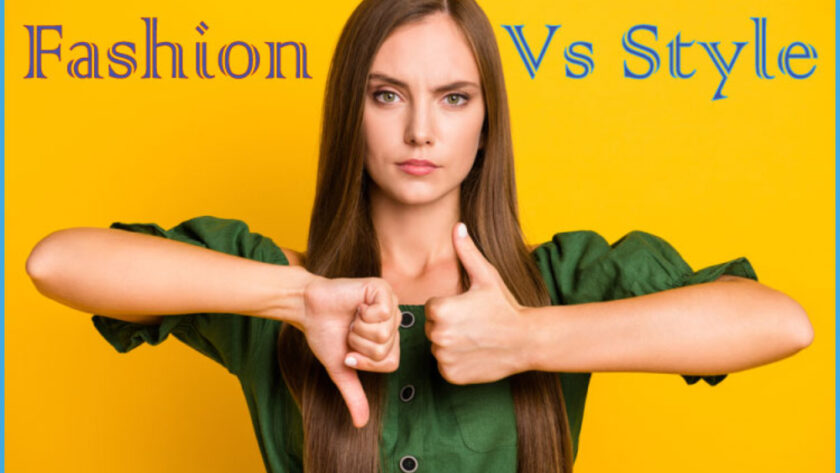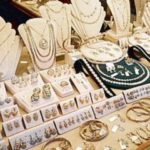Style, fashion and trends are terms that have been associated with the passage of time as synonyms or equals, referring to garments and clothing. However, it is a mistake, since they are related, but they are not the same.
These three terms are different and not only apply to the garments that they design and exhibit in fashion shows, they go further. They include: interior design, architecture, design, personal style and corporal expression.
If you have considered studying personal image consulting and working to enhance the image of other people, you have most likely come across the windows full of garments and offers on “trends”, “parades”, “catwalks”, “collections”, “styles” and themes that can confuse you thinking: How do I know what is going well for my client? Is this a style or a trend? Is this garment consistent with your personality?
If you have already asked yourself these questions, you are on the right track. And it is that, every image consultant must be very clear about the meaning of these concepts so as not to confuse their clients or advise them incorrectly, choosing garments with only trends in mind, for example, and not the style and needs of each person.
We will talk about the importance of fashion, style and trends as complementary elements between them -but not the same- and how an image consultant must create a balance between these three concepts when advising.
What is fashion?
Let’s start with one of the most important aspects of personal image, and for which many clients seek the services of an image consultant: Fashion.
Fashion is a tool and cultural act that allows people, through clothing, accessories, shoes and other elements, to express their tastes, their social position, their culture, their preferences and their individuality for a certain time.
That is to say, fashion is temporary and not definitive, it is marked by the trends of the moment that are established in turn according to the activities and economic and social events that society is experiencing.
An example that we could use is fashion today (times of global crisis, Covid 19 pandemic). It is a global social factor that affected many market sectors, including fashion and textiles.
However, this was not an impediment for many designers and big brands to present their collections and garments at fashion shows, albeit adapting to social conditions: face masks, overalls, anti-fluid fabrics, ergonomic shoes, etc. Creating an entire fashion collection inspired and designed for life during confinement.
What is a trend?
The trend is an added value that fashion must have. We say that a garment, color or accessory is in trend when that pattern is repeated in a short period of time.
That is, when the same colors, cuts, garments, styles are evident in a season or in a collection and with a lot of repetition, we could already say that a trend is being born or exists.
Trends are not exclusively about garments or clothing shows, no. Trends can range from small and minimal elements, such as earrings or jewelry styles, to all the colors, sizes and cuts that a collection can carry for an entire season.
For a season, a trend of only oversize garments, or mini-size shirts, to give you an example, can come out.
Trends, like fashion, is ephemeral, it lasts a short time and disappears, what makes it different is that it can be accessible by the masses, that is, by a large number of people worldwide. It is usually imposed by big celebrities, people in the middle of fame, companies in the fashion sector and companies that are dedicated to creating trends.
What is the style?
It is the basis of the personal image, the structure of who we are and what we project with our image. Without a doubt, personal style is like the backbone of the image for each of our clients.
Personal style is the way in which each person expresses and develops her personality through the way she dresses and develops her image in general.
After the advisor identifies and structures the personal style of his client, he will be able to adapt the image and clothing to the fashion and trends they desire, always strengthening the personal image as a whole: morphology, colorimetry, visagism, non-verbal communication and style. .
It is then the representation of the personality, tastes, hobbies, culture and objectives through the clothes that he usually wears and the combinations that he can structure.
There are 7 universal styles, in which customers can be classified according to their occupation, pace of life, goals and personality. However, as an image consultant you will be able to adapt the fashions and trends you want to the style of that client, once you have clear, developed concepts and reinforce them with your client’s analysis.
Why is it so important to differentiate style, fashion and trends?
It is of vital importance that you study these concepts in depth because they will be very useful in practice and will help you to develop in a very professional manner with your complete image consultancy services or the personal shopper service.
If you dress or shop for your client based on current trends, collections, and runway fashions, but don’t take your client’s personal style into account, you’re making a potentially serious mistake.



